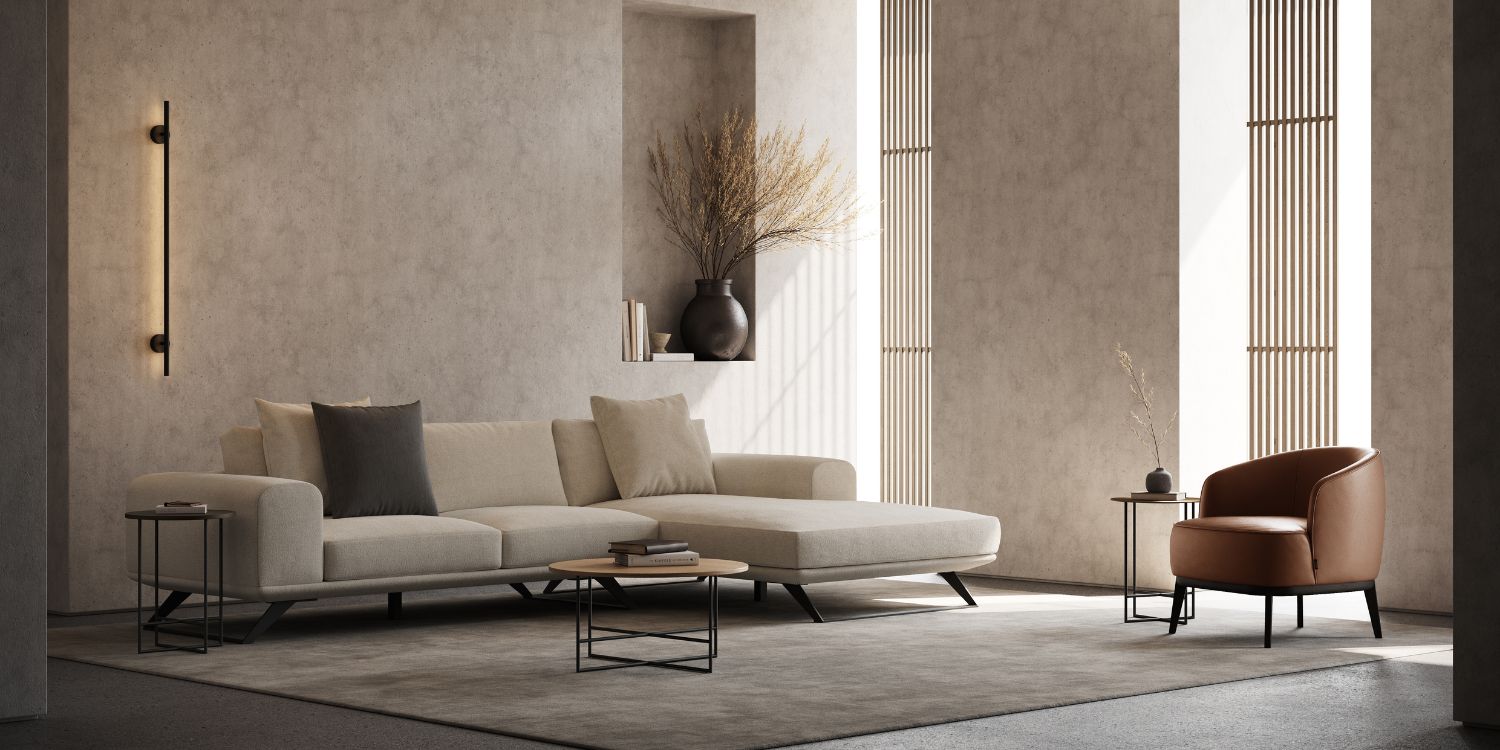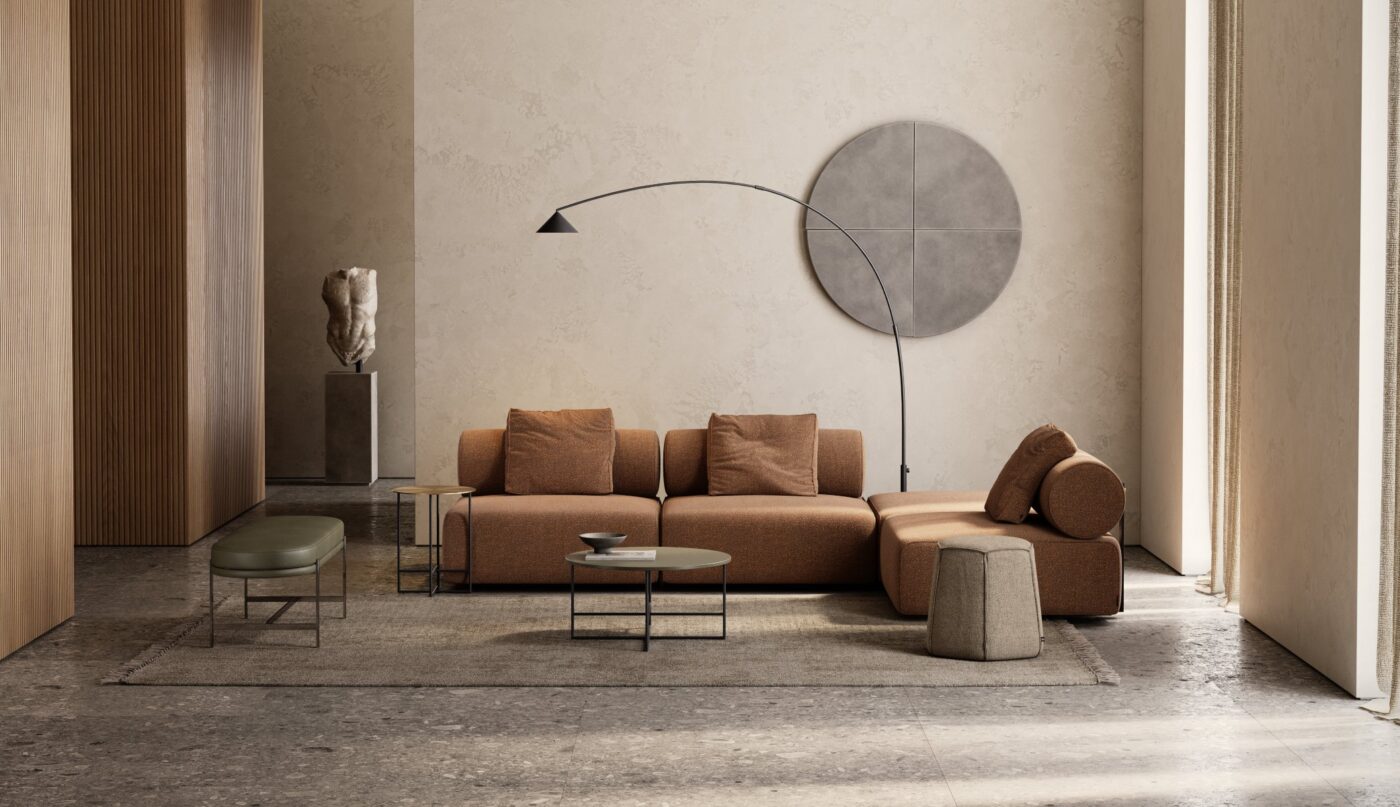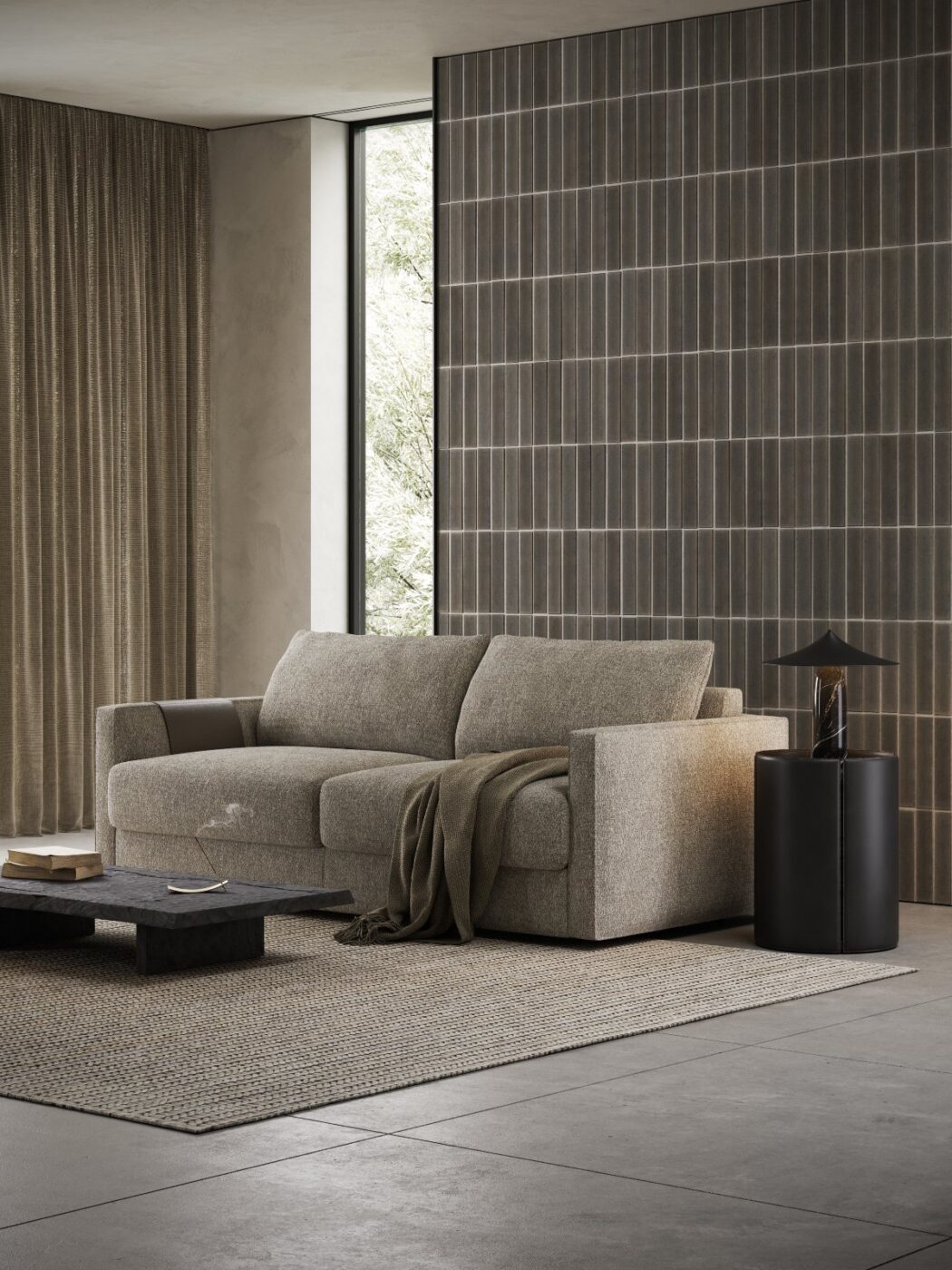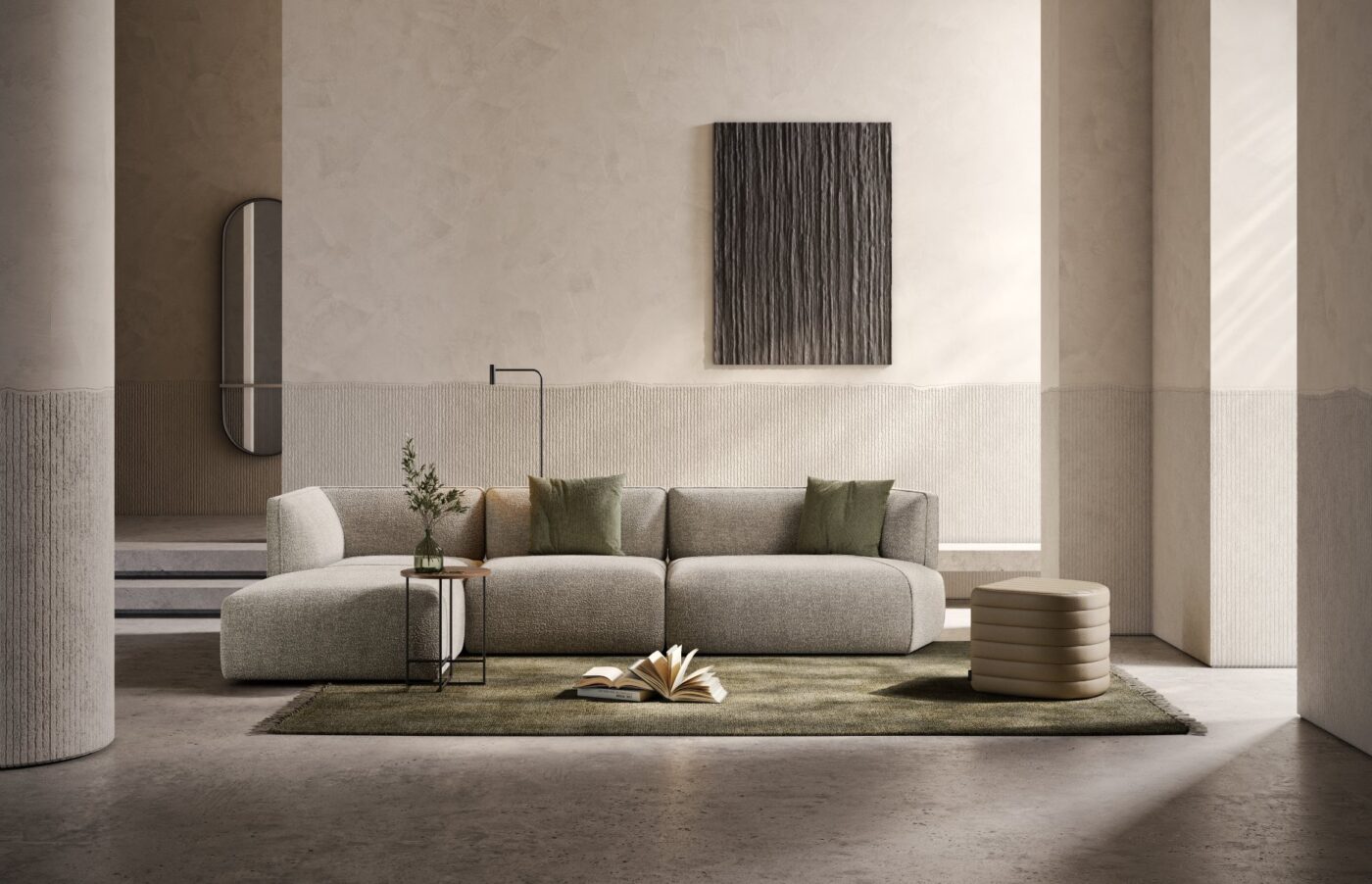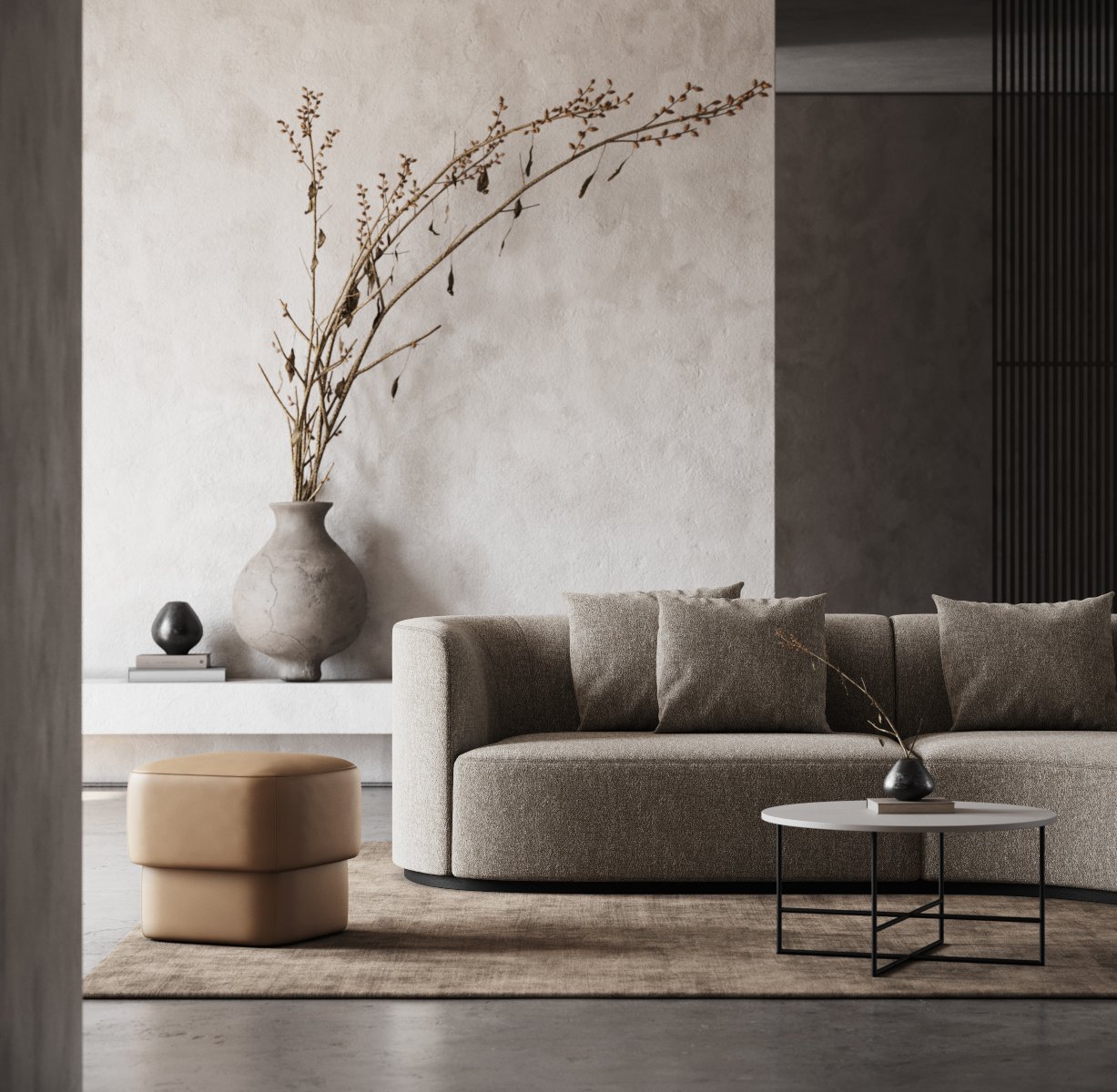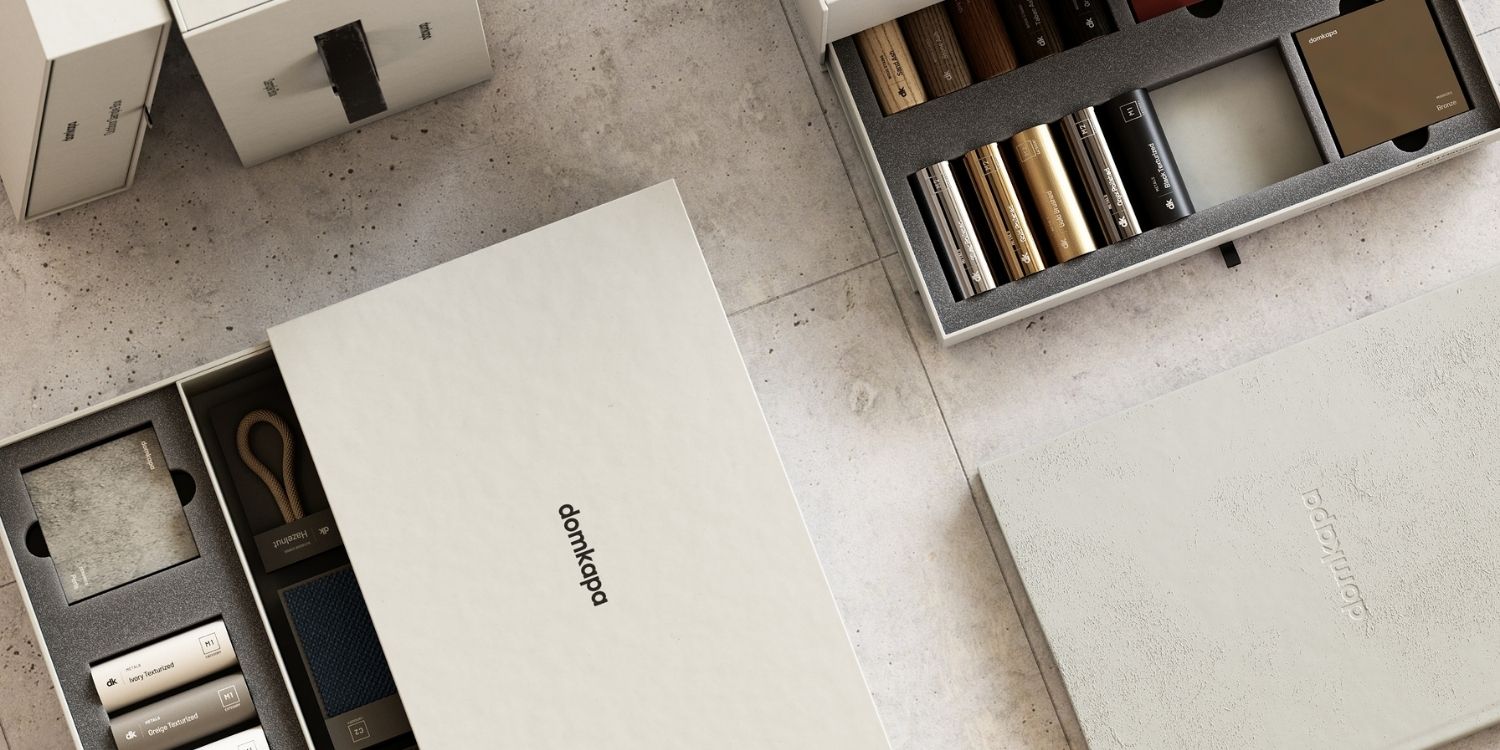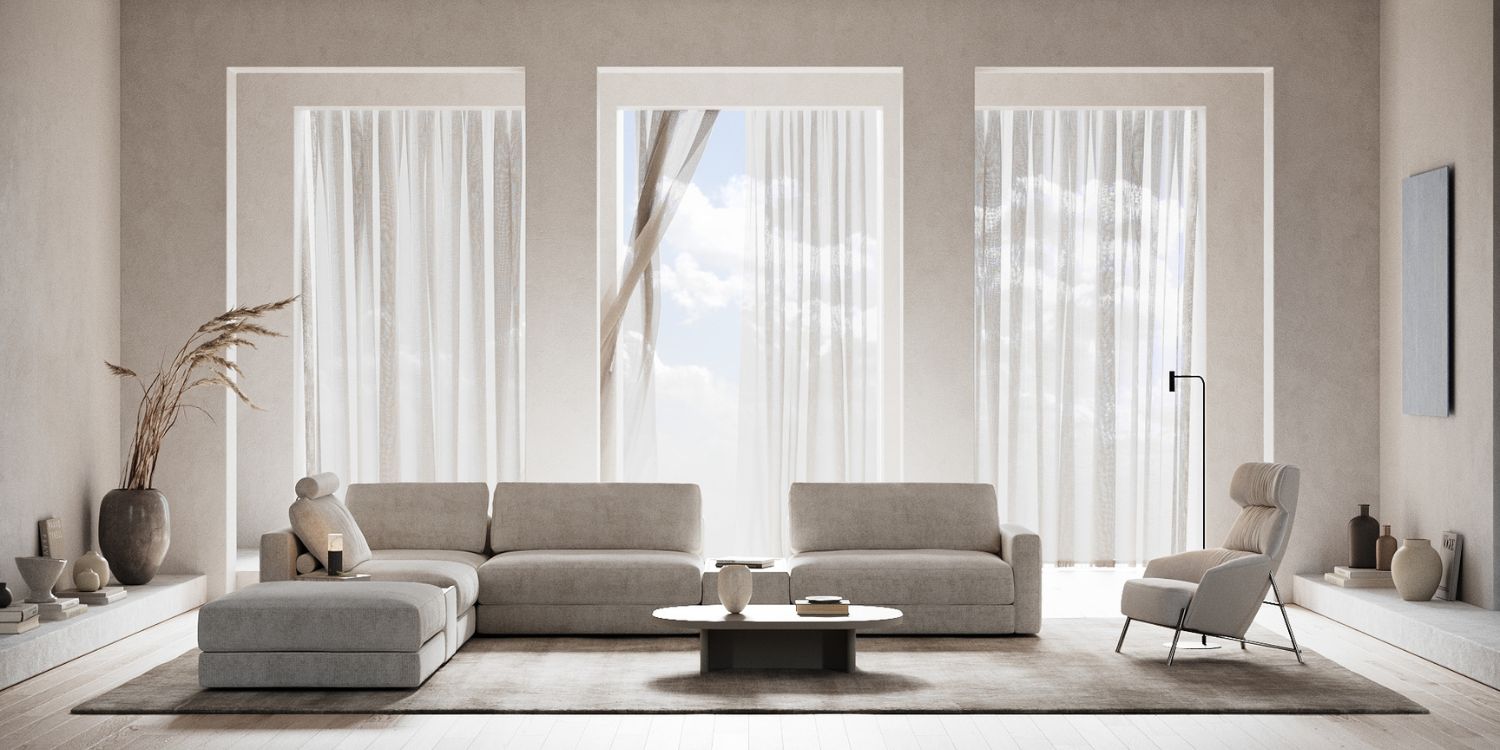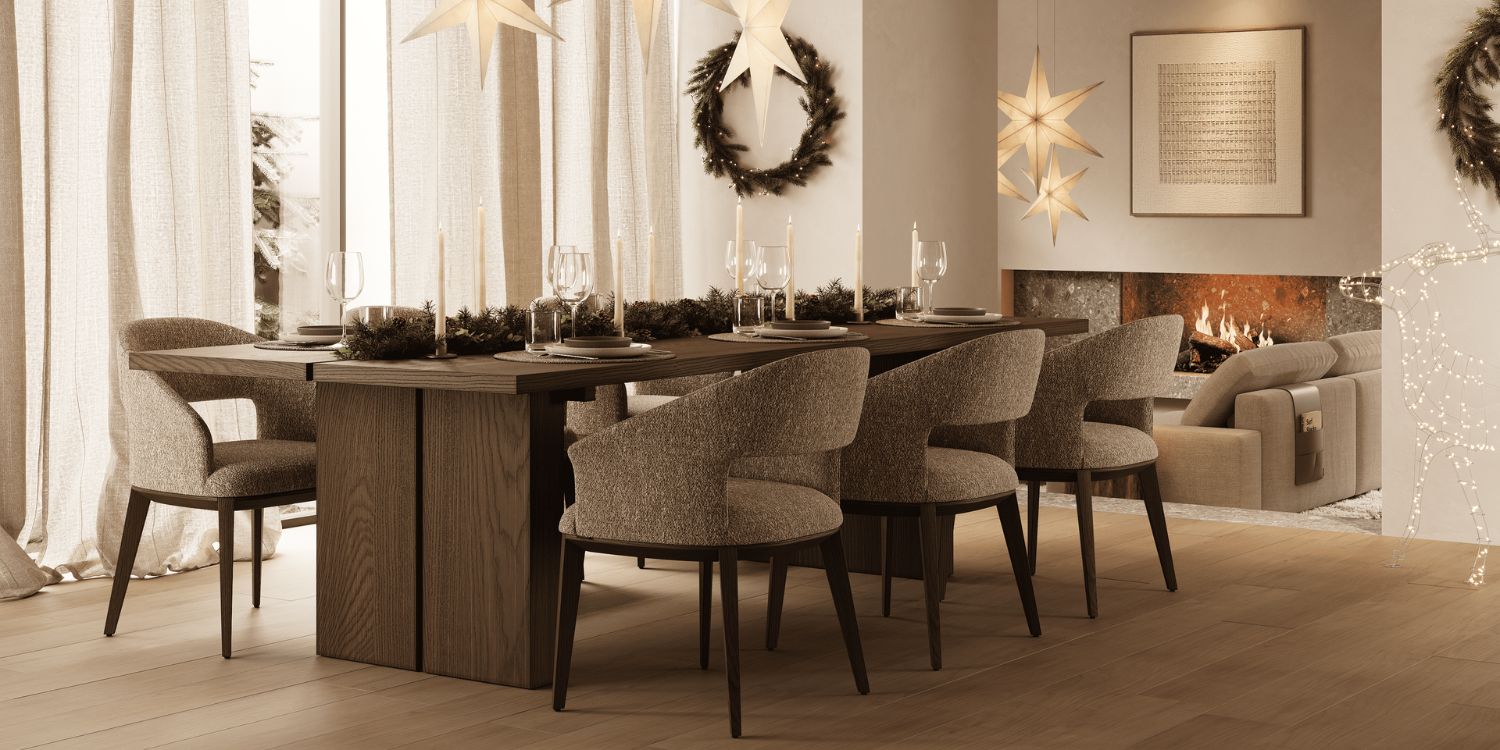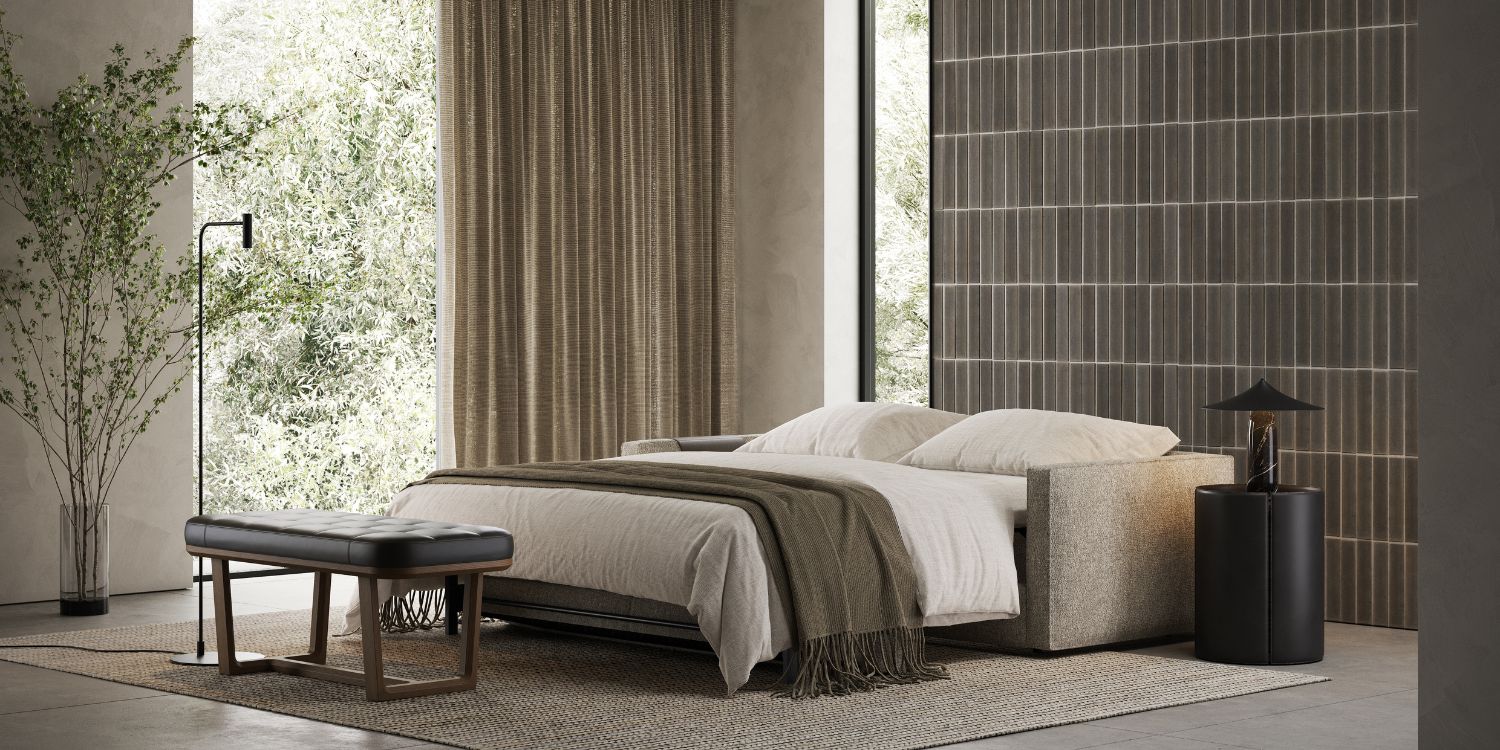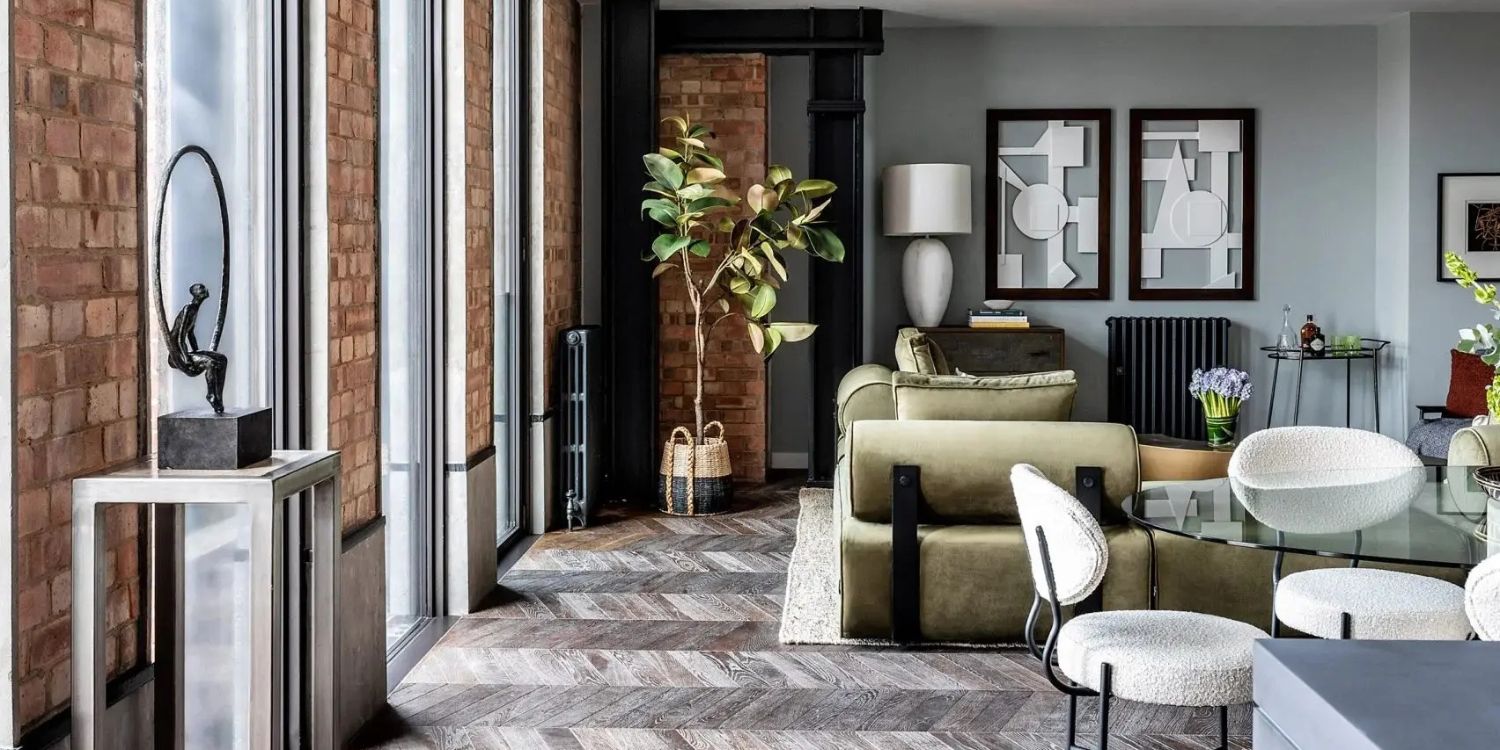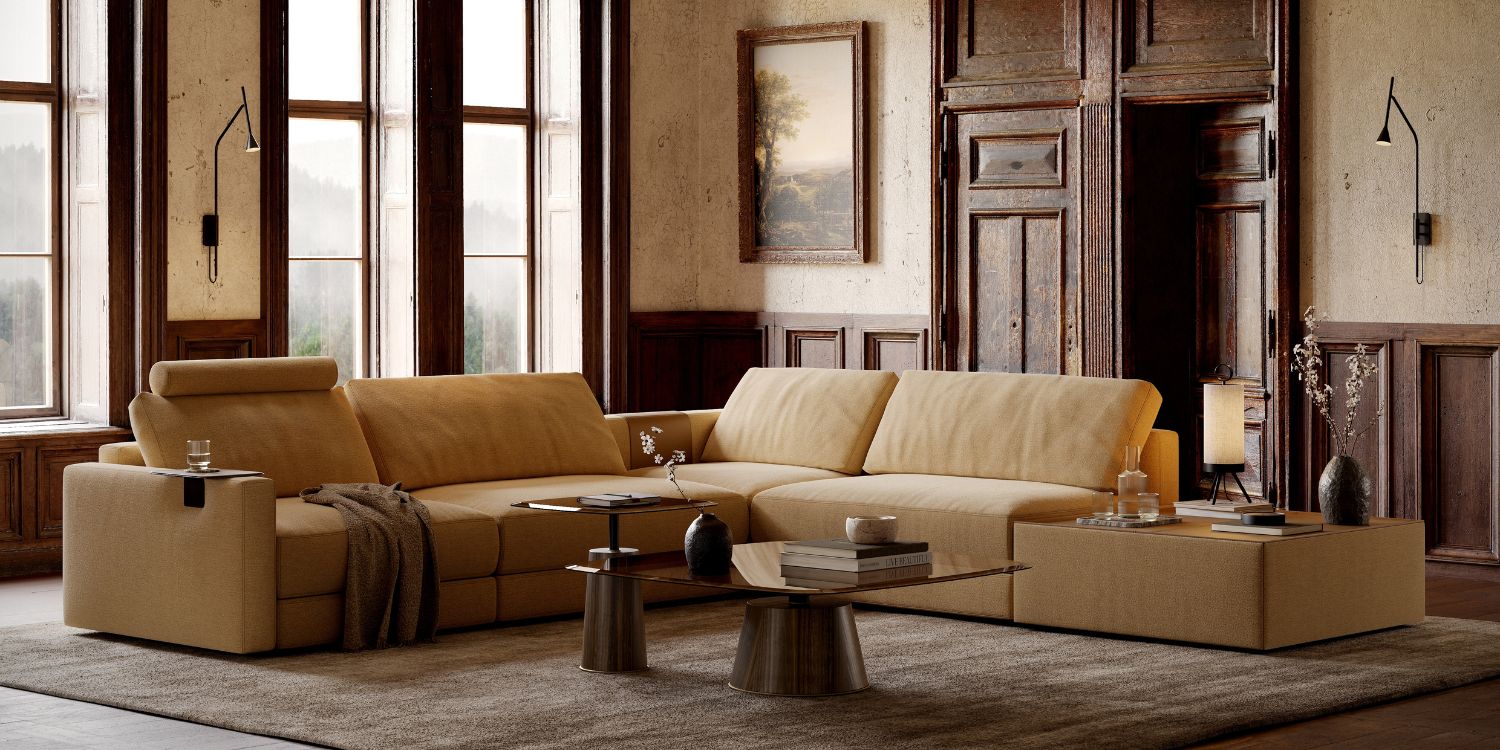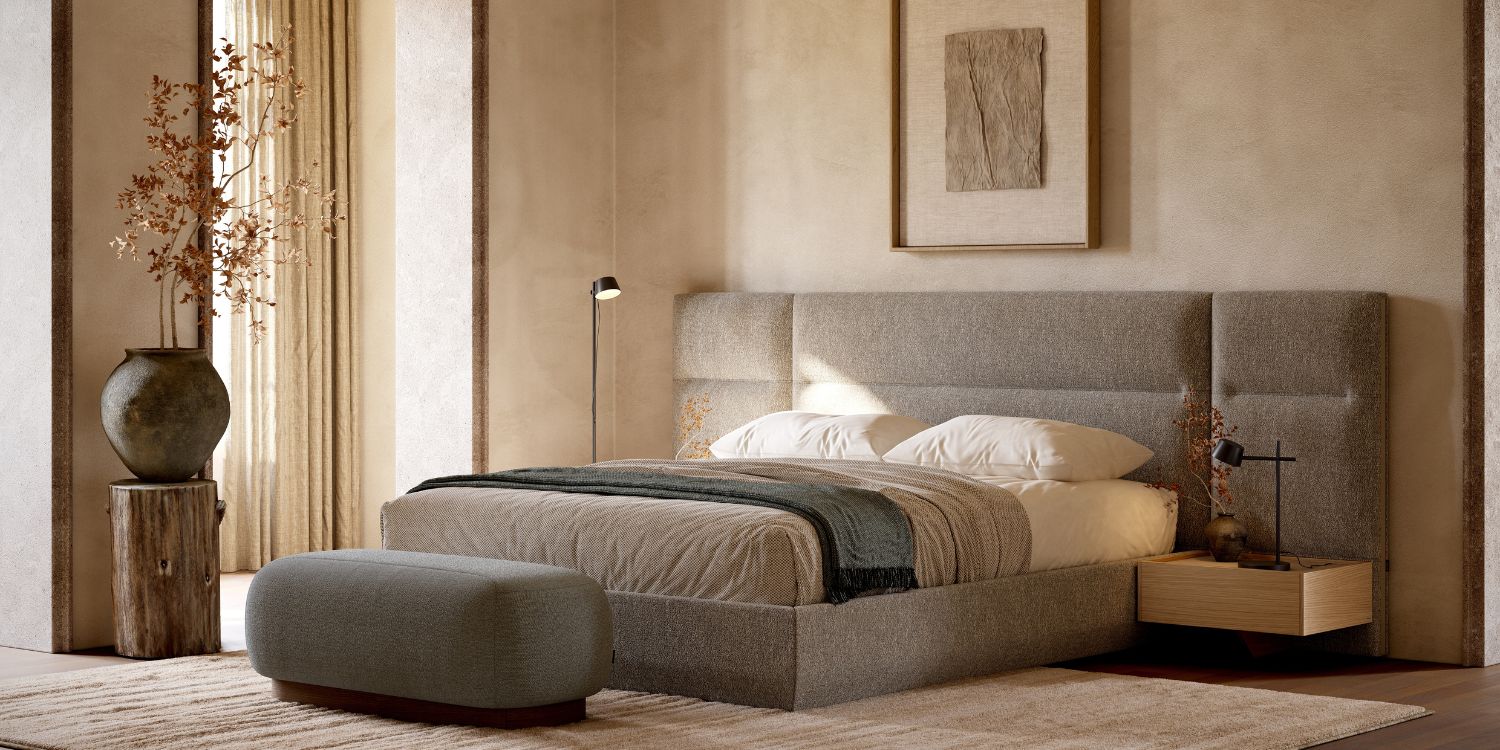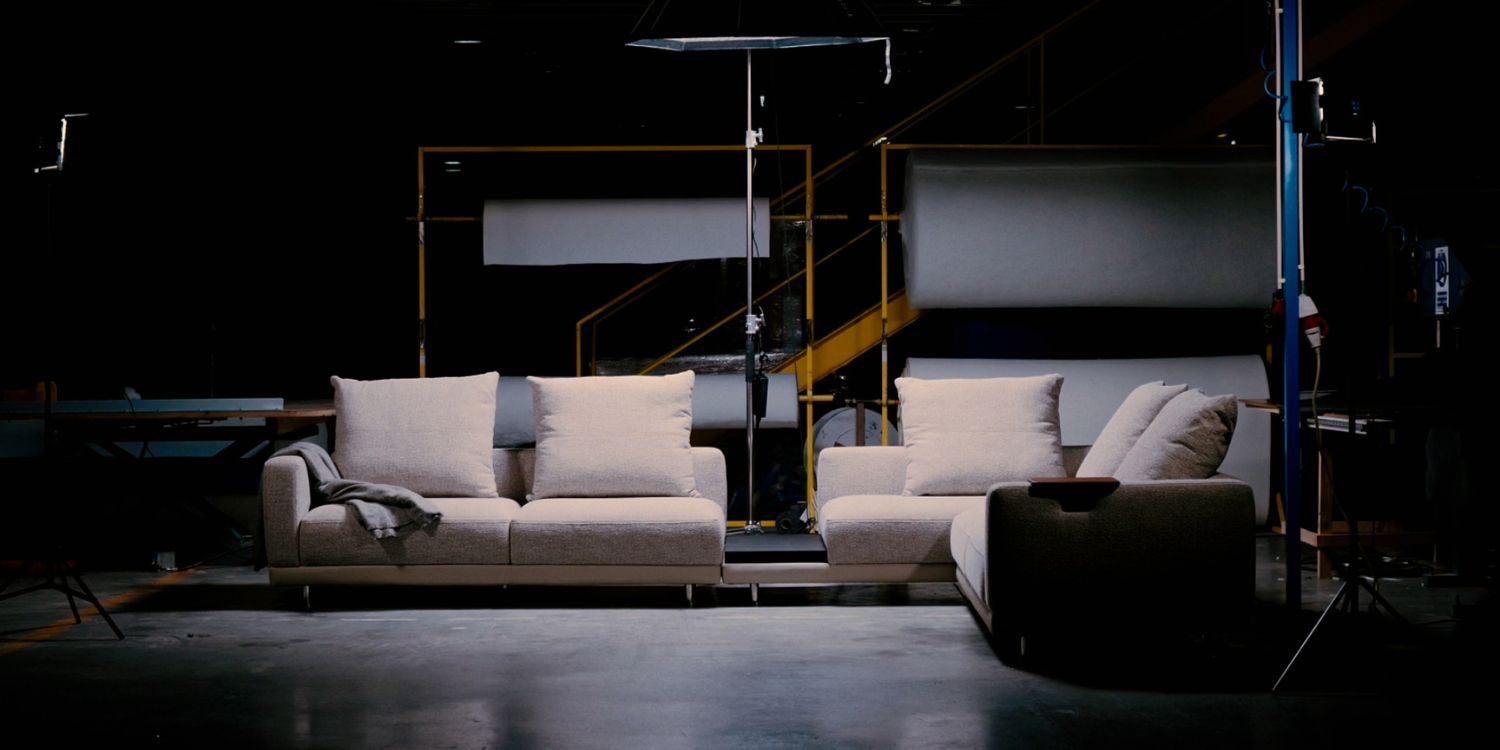Lately, a new design philosophy has been emerging in interior design: Wabi-Sabi! Have you heard of it?
Wabi-Sabi offers a refreshing perspective on beauty and design in a world that often emphasises perfection! Rooted in Japanese aesthetics, Wabi-Sabi celebrates the natural cycle of growth and decay, embracing imperfection, transience and authenticity. This design philosophy encourages us to appreciate the beauty found in the imperfect and the incomplete, inviting a deeper connection with our surroundings.
Explore the Wabi-Sabi design and how you can use it in your next projects!
Understanding Wabi-Sabi
Wabi-Sabi is derived from two Japanese words: “Wabi,” which refers to the beauty of simplicity, asymmetry and the rustic; and “Sabi,” which speaks to the beauty of age, the wear and tear of objects over time and the natural patina that develops. Together, they create a comprehensive approach that encourages mindfulness and appreciation for the world as it is rather than how we might wish it to be.
Principles of Wabi-Sabi Design
- Embracing Imperfection: In Wabi-Sabi, flaws are not seen as drawbacks but as unique characteristics that tell a story. This can manifest in handcrafted pottery with uneven edges or textiles with slight irregularities.
- Celebrating Natural Materials: This design philosophy favours organic materials that age gracefully, such as wood, stone and clay. These materials are not only aesthetically pleasing but also connect us to nature and the passage of time.
- Simplicity and Minimalism: A Wabi-Sabi space often features minimal decor, allowing the natural beauty of the materials and the space to shine. Clutter is minimised and each piece serves a purpose, creating a serene environment.
- Connection to Nature: Wabi-Sabi design incorporates natural elements, whether through plants, natural light or views of the outdoors. This connection fosters a sense of calm and grounding.
- Transience and Change: Wabi-Sabi recognises that nothing is permanent. This is reflected in design choices that highlight the ephemeral nature of life, such as using seasonal decor or creating spaces that adapt over time.
How to Create Wabi-Sabi Spaces
- Choose Handcrafted Items: Look for artisanal products that reflect the maker’s hand. Each item tells a story, adding character to your project.
- Incorporate Natural Elements: Use materials such as reclaimed wood, natural stone and organic textiles to create warmth and connection to nature.
- Focus on Colour and Texture: Opt for earthy, muted colours and textures that evoke a sense of calm. Soft, worn fabrics and varied textures can enhance the sensory experience.
- Allow for Imperfections: Embrace the beauty of imperfection. A vintage piece with a patina or a handmade bowl with irregularities can serve as focal points in your design.
- Create a Calming Atmosphere: Keep spaces uncluttered and serene. Incorporate elements that promote relaxation, such as soft lighting, comfortable seating and natural scents.
The principles of Wabi-Sabi have found their way into modern design, resonating with those seeking authenticity in a fast-paced world. Also, it encourages us to slow down, appreciate the little things and find beauty in the fleeting moments of life!
When you start planning your next projects, consider how Wabi-Sabi design can enrich the space and mindset. By embracing imperfection and recognising the natural world, you can create a harmonious environment that fosters peace, mindfulness and a deep appreciation for the art of living.
Will you use this philosophy in your next work?
YOU MAY ALSO LIKE: The Very White Project: A Fusion Of Warm Minimalism, Curves & Comfort
We are working every day to bring you the most stylish ideas to fulfil your inspiration and to create the best interior design projects so feel free to follow our Instagram Page and subscribe to our newsletter.

